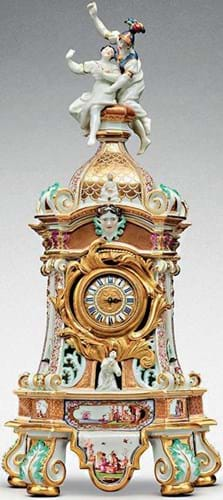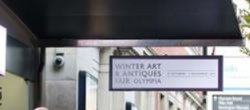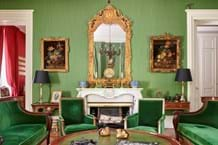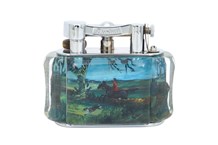
On September 14 Sotheby’s New York conducted a white glove auction of the early Meissen porcelain from the collection formed by Dr Franz Oppenheimer, a Silesian lawyer and coal mining magnate, and his wife Margarethe in the early 20th century.
The 117 lots were restituted earlier this year to their heirs more than 80 years after the Oppenheimers were forced to part with them as they fled Nazi persecution.
Since the war, elements of the collection have been on display in three Dutch institutions including the Rijksmuseum.
The Amsterdam museum was the biggest buyer at the $15m sale claiming more than half the lots that will now return to their display cabinets.
The auction, and the Rijksmuseum’s shopping list, was topped by the spectacular 17½in (44cm) high clock case, right. Modelled by George Fritzsche and decorated with chinoiserie vignettes in the manner of JG Höroldt, it is surmounted by a figure group attributed to Johann Gottlieb Kirchner fashioned as Minerva with Arachne.
Signed and dated
It is a documentary piece, inscribed Meissen over a crossed swords mark and dated 1727 to the reverse. The movement signed Barrey à Paris dates to c.1700 while the bronze mount is a mid-18th century addition.
At least five different clock case models were produced at Meissen in the late 1720s and early 1730s that together rank among the most ambitious models produced at the factory at this early date. Most were intended for Augustus the Strong and the rooms of the Japanese Palace, Dresden.
Prior to its acquisition by the Oppenheimers, the clock case had a 19th century provenance to two notable English collections.
It was owned by politician and art collector Ralph Bernal (1783-1854) and was included in the 32-day auction of his collection held by Christie’s in 1855 when it was acquired by Sir Anthony de Rothschild (1810-76) of Aston Clinton, Buckinghamshi re, and subsequently sold by his daughters at Christie’s in 1923 when it made £294.
The clock had an estimate of $200,000-400,000 in Sotheby’s sale but sold to the Rijksmuseum at $1.2m (£923,000) or close to $1.6m including premium.
Only a handful of the large-scale Meissen models of animals and birds made for the porcelain menagerie at the Japanese Palace have made more at auction.














